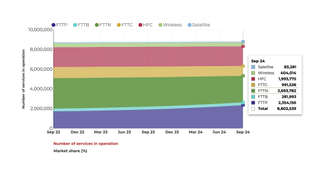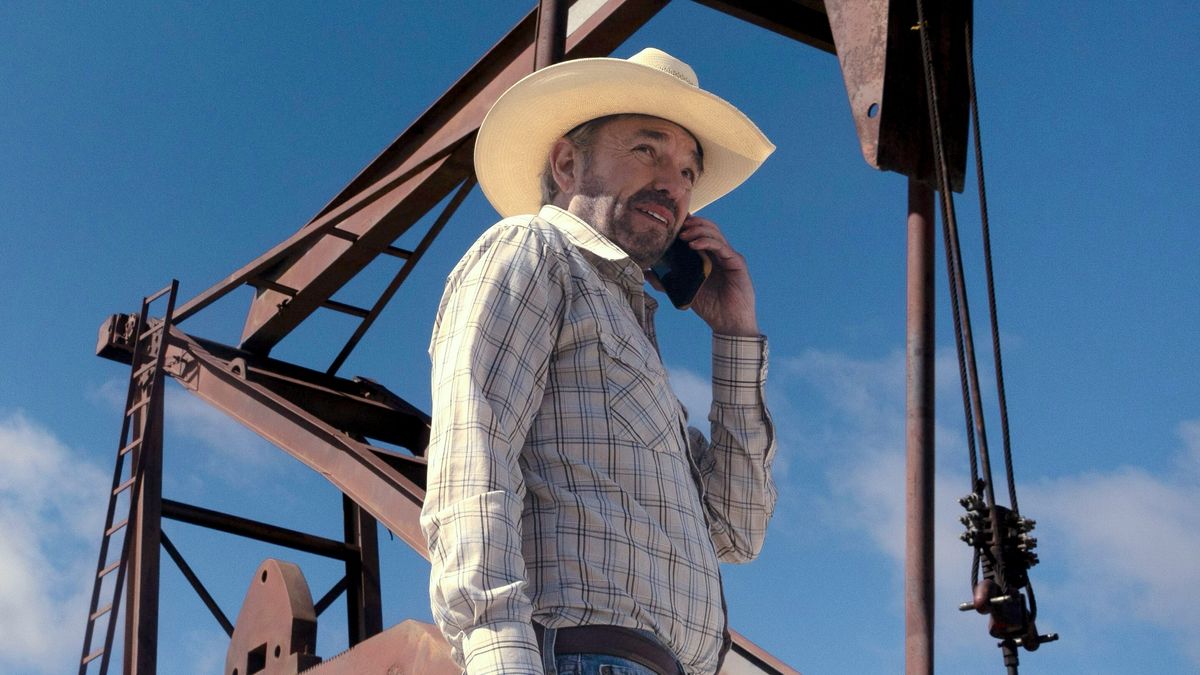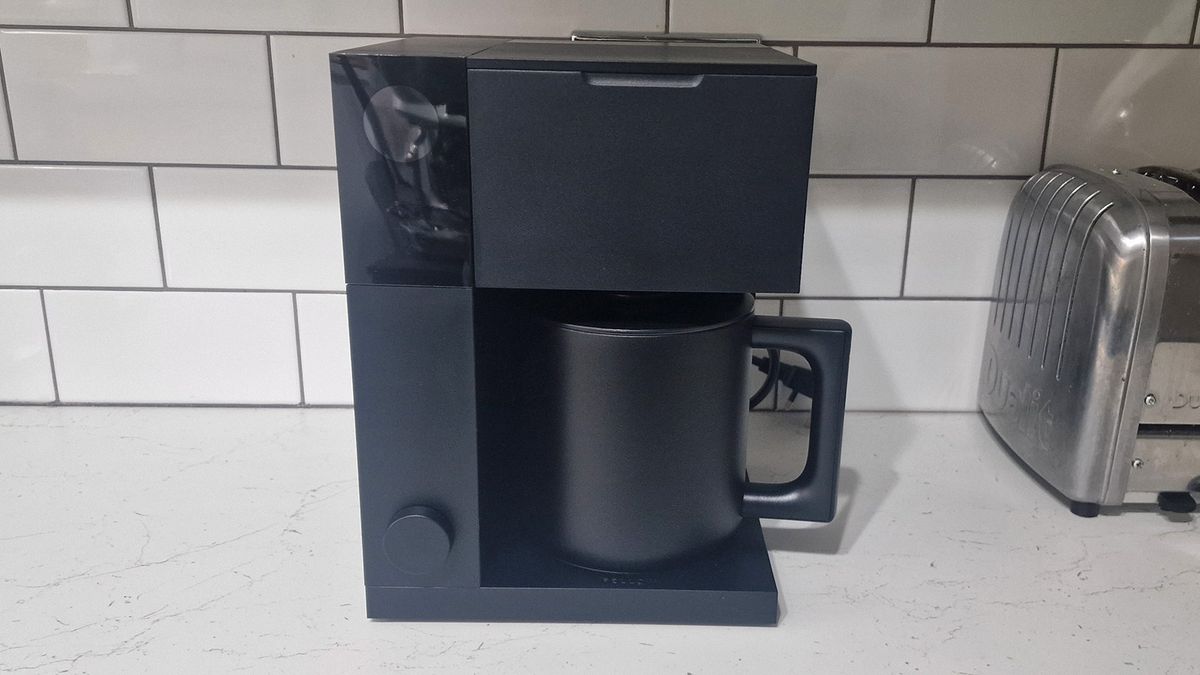Satellite internet services are improving for rural and regional Australian customers, with performance data now being measured by the Australian Competition and Consumer Commission (ACCC).
For the first time ever, the ACCC has expanded its Measuring Broadband quarterly report to encapsulate Starlink and NBN Sky Muster services. Both technologies utilise satellites to provide internet connectivity to rural areas nationwide.
Sky Muster uses a pair of satellites for connectivity, while Starlink relies on hundreds of small satellites orbiting the earth. In both cases, customers are also required to install a dedicated dish on their properties to access the satellite networks.
Due to its use of a constellation of low earth orbit satellites, Starlink can be measurably more effective at delivering internet services than Sky Muster. The larger number and shorter distance required to reach Starlink satellites results in signals taking less time to travel, ultimately leading to faster internet speeds and lower latency.

According to the new ACCC data, there are currently 83,281 active satellite internet services in Australia, which are made up of both Starlink and NBN Sky Muster subscriptions. The report found that Starlink outperformed NBN Sky Muster in terms of delivering higher data transmission speeds and lower latency.
Per the ACCC's findings, Starlink subscribers reached peak speeds of 470Mbps download and 74Mbps upload. The average speed for all hours was 192Mbps downloads, decreasing to 165.5Mbps during the busy evening hours. While the ACCC report doesn't quote average megabits speeds for Sky Muster users, based on its survey data, satellite-NBN subscribers averaged 83.2% of their advertised plan speeds during all hours and dropped down to 66.1% during peak hours. With Sky Muster's maximum download speed being 100Mbps on its highest plan tier, that would equate to downloads speeds of around 83Mbps (all hours) and 66Mbps (evening hours) – well below Starlink's figures.
The average latency for Starlink services was 29.8ms across all hours, compared to 664.9ms for NBN Sky Muster. Compared to fixed-line NBN services, that puts Starlink roughly in the middle of NBN 100 and NBN 250 tiers, but with a significantly higher latency.
Fixed-line connections remain stable

Meanwhile, the performance of NBN fixed-line services remains steady, with the average downloads hitting 100.9% of advertised plan speeds during busy hours. This result stays in line with the previous quarter's 100.4% advertised plan speeds recorded in May 2024.
Aussie households and businesses with fixed lines are also voluntarily upgrading their NBN connections to FTTP, with the report showing a decline in FTTN connections. Compared to the last report, a whopping 91.9K FTTN services jumped ship to a faster connection type. In the same period, FTTP grew considerably by 132K active services, and we can assume that more premises will continue to take advantage of NBN Co's free fibre upgrade program.
With the average household now having at least 22 internet-connected devices, Australian demand for internet bandwidth continues to grow, and these free upgrades are a surefire way to access some of the best NBN 100 plans or higher. Despite NBN 50 retaining its position as the most popular internet tier across the network, the NBN 100 tier gained 109,122 services since the ACCC's latest report.
If you have yet to take full advantage of your NBN connection type and you're able to upgrade to a speedier NBN plan, here are some of the most popular plans with Tom's Guide readers:





















 English (US) ·
English (US) ·